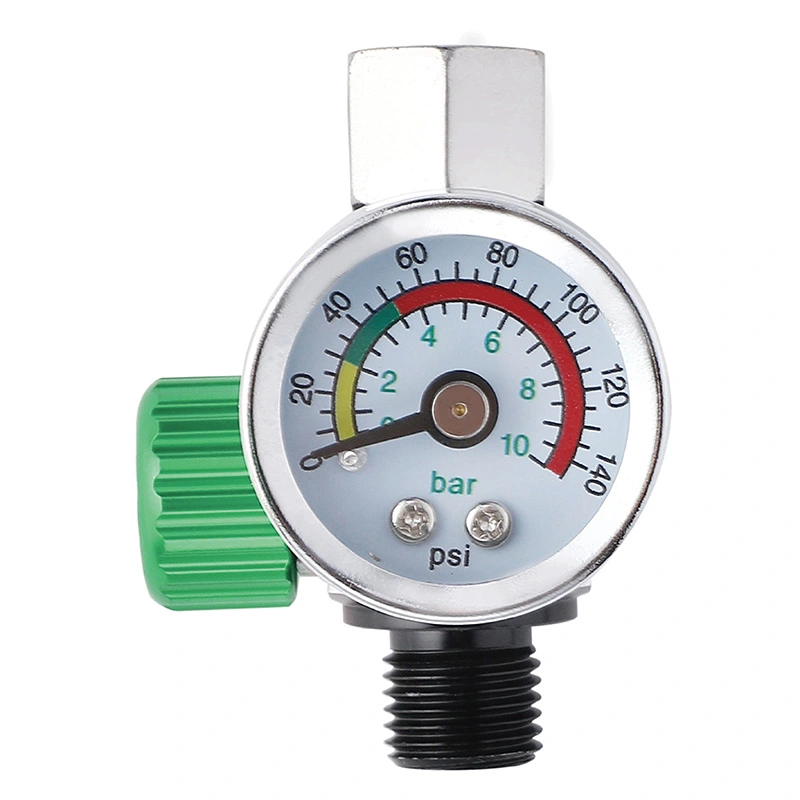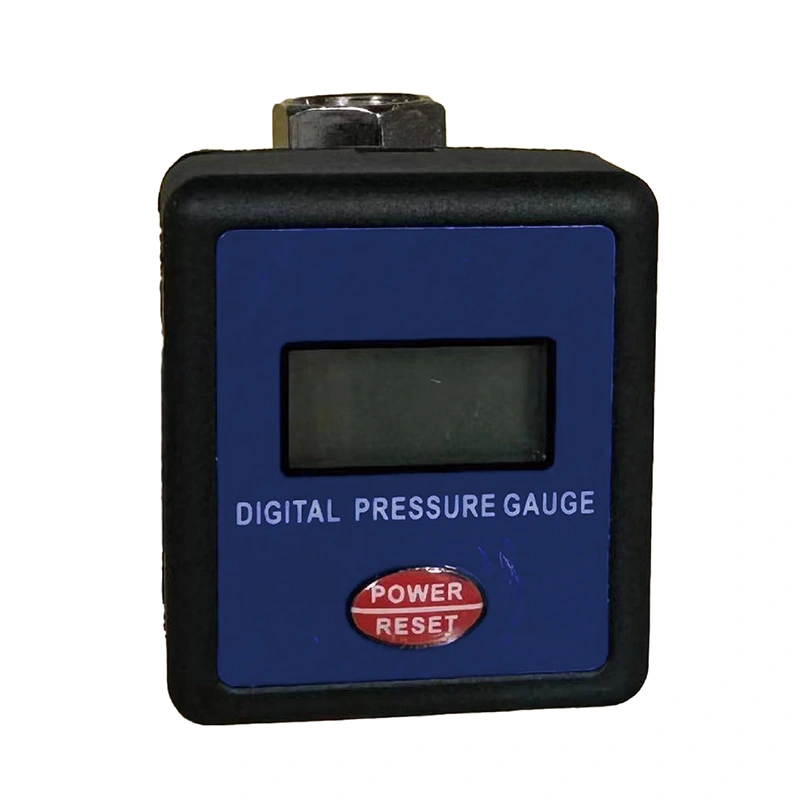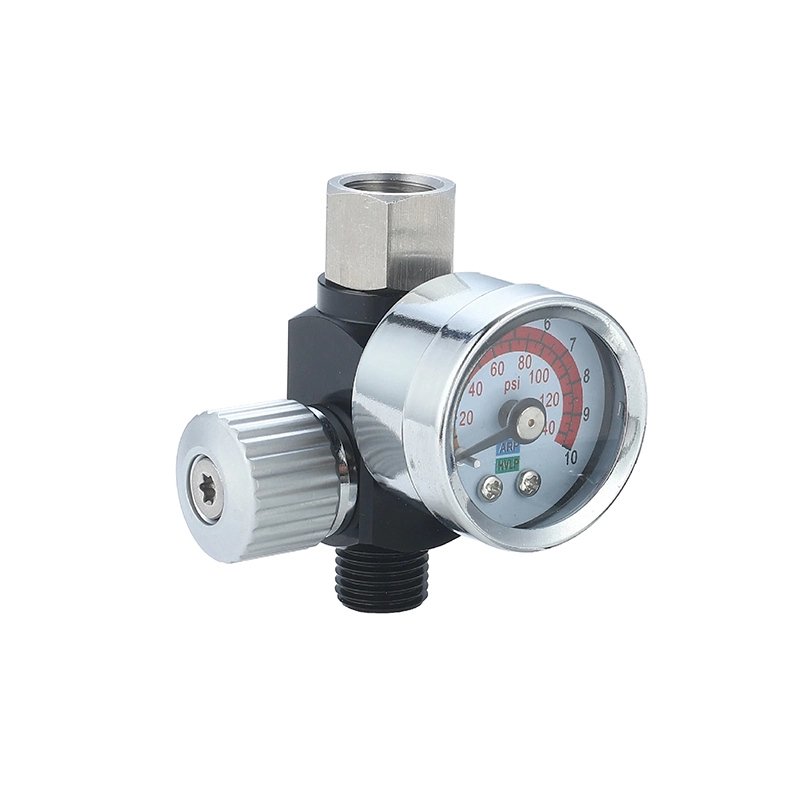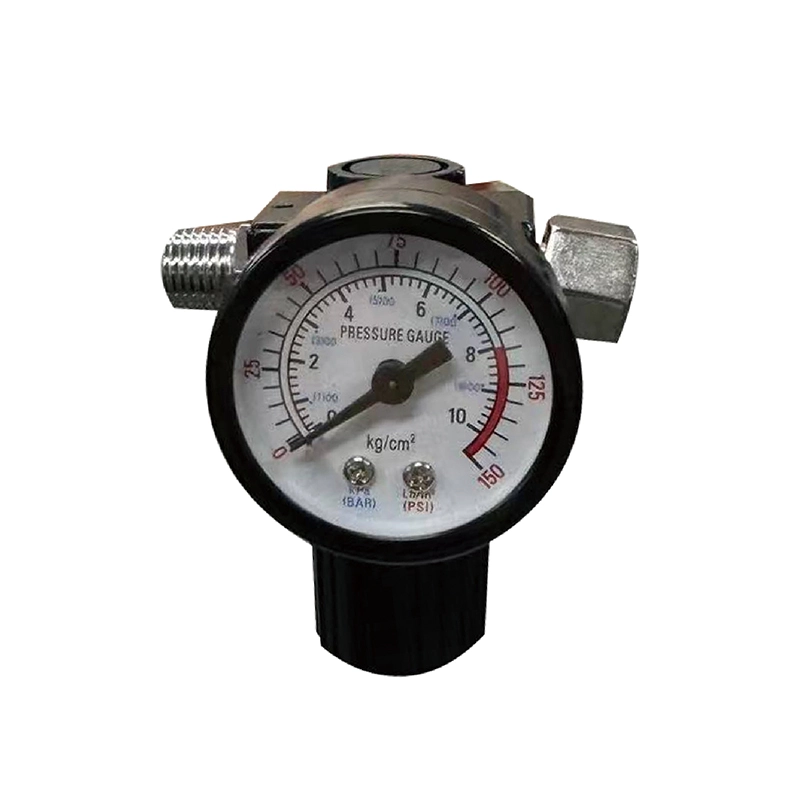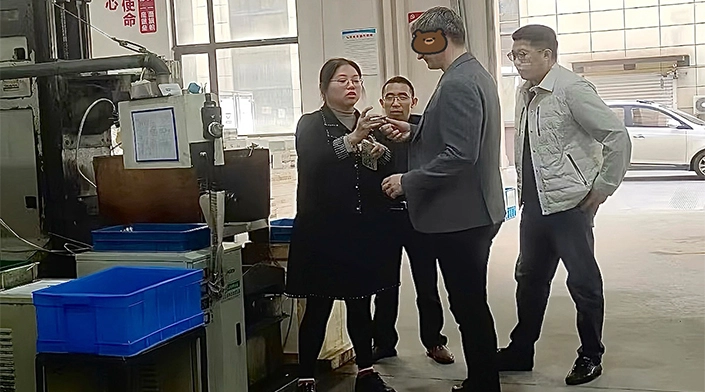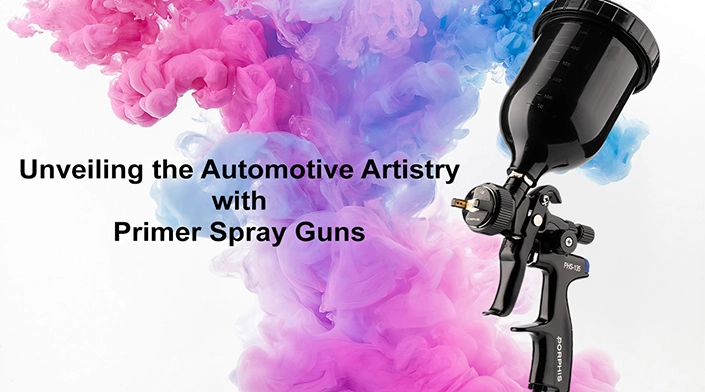

A spray gun filter regulator is a crucial component in many systems, particularly in pneumatic and hydraulic setups, where it controls the pressure of gases or liquids. In the context of spray guns, a regulator is typically used to manage the air pressure supplied to the car spray gun, ensuring a consistent and appropriate pressure for the task at hand.
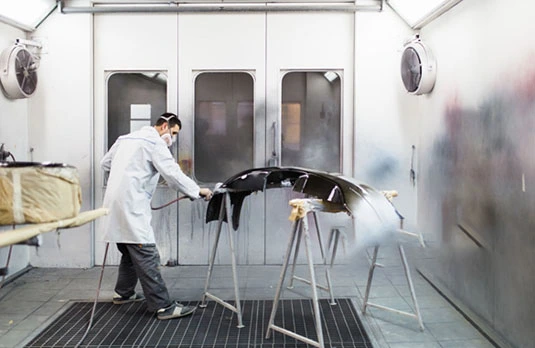
The pressure setting of a spray gun plays a crucial role in achieving optimal performance and finish quality.
Regulators control this pressure, ensuring a consistent flow of paint or coating. Higher pressure can lead to finer atomization, producing a smooth, even finish, while lower pressure is ideal for thicker materials, allowing for better control and reduced overspray. Proper adjustment of the regulator can also minimize the risk of defects such as runs and sags.
Understanding how pressure affects spray patterns and material application is essential for any professional aiming for precision and efficiency in their work.
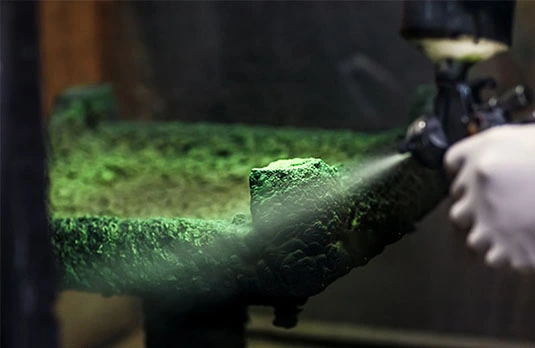
Spray gun regulators play a crucial role in achieving optimal performance and quality in paint application.
They control the air pressure supplied to the spray gun, ensuring a consistent spray pattern and flow rate. By maintaining the correct pressure, regulators help prevent issues like overspray, drips, and uneven finishes. This is especially important in professional painting applications where precision is key. Additionally, regulators contribute to better material usage, reducing waste and enhancing efficiency.
Understanding how to adjust and maintain spray gun regulators can significantly improve the quality of your work, making them an essential component for any painter or DIY enthusiast.

